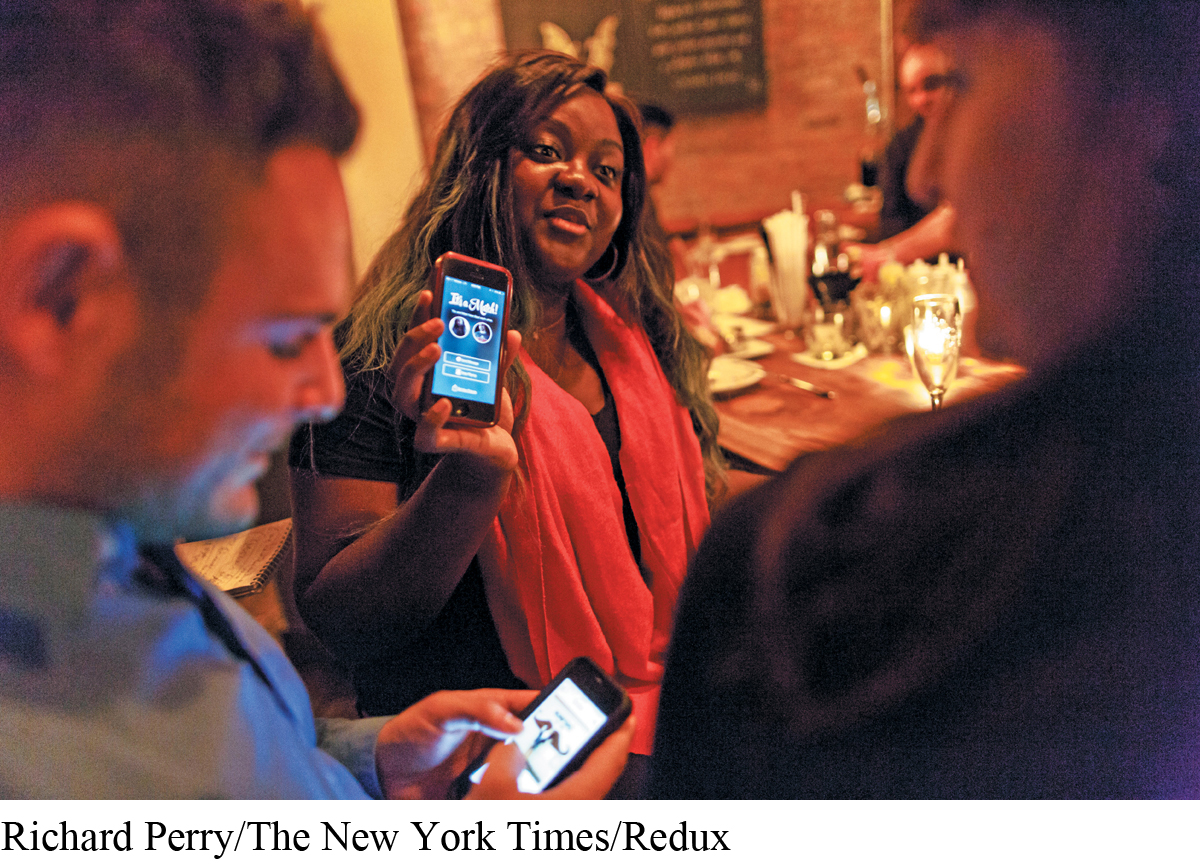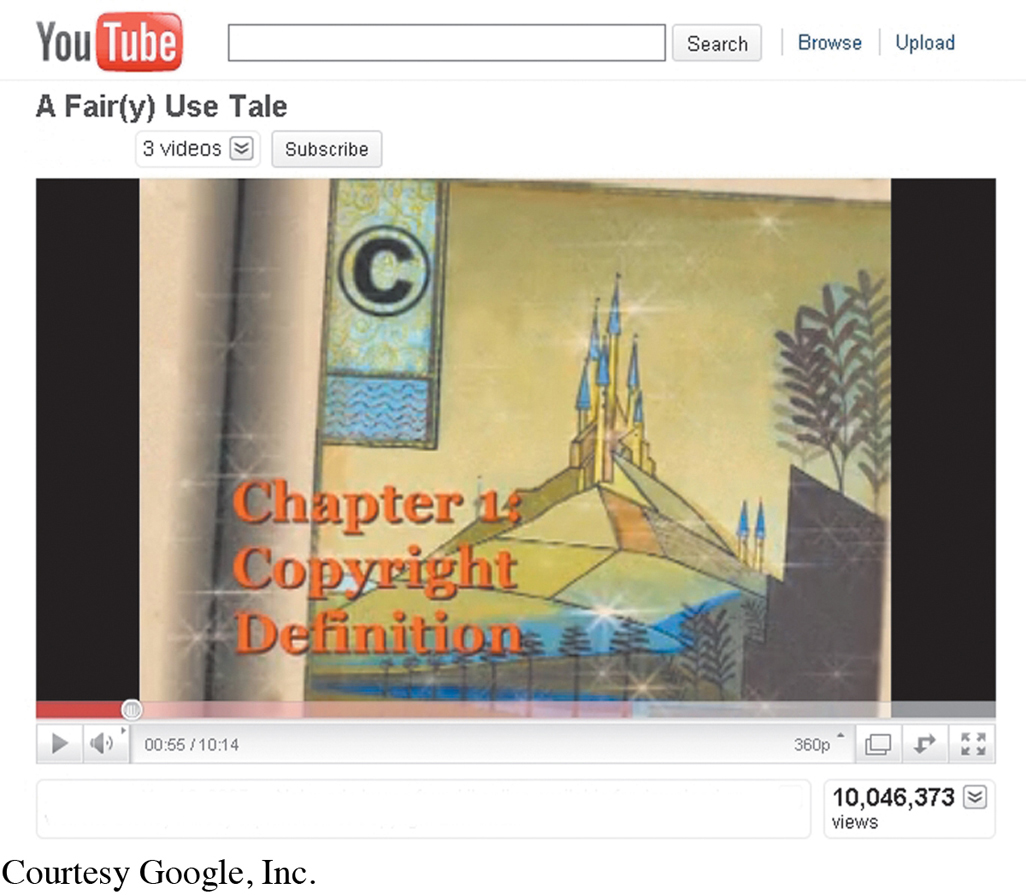Chapter 2 Introduction
DIGITAL MEDIA AND CONVERGENCE
2
The Internet, Digital Media, and Media Convergence

For at least some of us, the social mediated version of ourselves becomes the predominant way we experience the world. As Time magazine has noted, “Experiences don’t feel fully real” until we have “tweeted them or tumbled them or YouTubed them—
The problem is called Fear of Missing Out (FOMO), and it has been defined as “the uneasy and sometimes all-
The fear of missing out has been around long before social media was invented. Bragging, photos, postcards, and those holiday letters have usually put the most positive spin on people’s lives. But social media and mobile technology make being exposed to the interactions you missed a 24/7 phenomenon. There is potentially always something better you could have/should have been doing, right?
With FOMO, there is a “desire to stay continually connected with what others are doing,” so the person suffering from the anxiety continues to be tethered to social media, tracking “friends” and sacrificing time that might be spent having in-
Studies about happiness routinely conclude that the best path to subjective well-
Ironically, there has never been a medium better than the Internet and its social media platforms to bring people together. How many people do you know who met online and went on to have successful friendships or romantic relationships? How often have social media connections enhanced close relationships for you? Still, according to Diener and Biswas-

YOUTUBE is the most popular Web site for watching videos online. Full of amateur and home videos, the site now partners with mainstream television and movie companies to provide professional content as well (a change that occurred after Google bought the site in 2006).
THE INTERNET—the vast network of telephone and cable lines, wireless connections, and satellite systems designed to link and carry digital information worldwide—
In this chapter, we examine the many dimensions of the Internet, digital media, and convergence. We will:
Review the birth of the Internet and the development of the Web
Provide an overview of the key features of the Internet, including instant messaging, search engines, and social media
Discuss the convergence of the Internet with mobile media, such as smartphones and tablets, and how the Internet has changed our relationship with media
Examine the economics of the Internet, including the control of Internet content, ownership issues, and the five leading Internet companies
Investigate the critical issues of the Internet, such as targeted advertising, free speech, security, net neutrality, and access
As you read through this chapter, think back to your first experiences with the Internet. What was your first encounter like? What were some of the things you remember using the Internet for then? How did it compare with your first encounters with other mass media? How has the Internet changed since your first experiences with it? For more questions to help you think through the role of the Internet in our lives, see “Questioning the Media” in the Chapter Review.